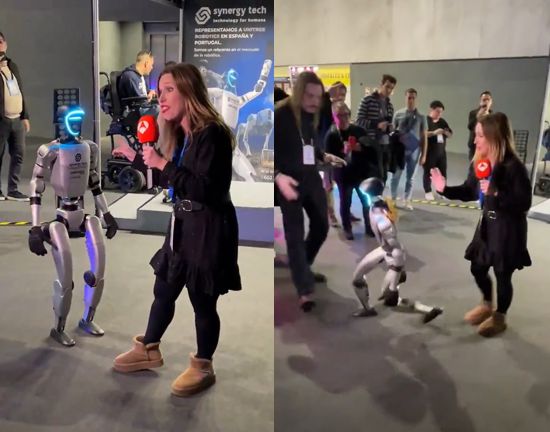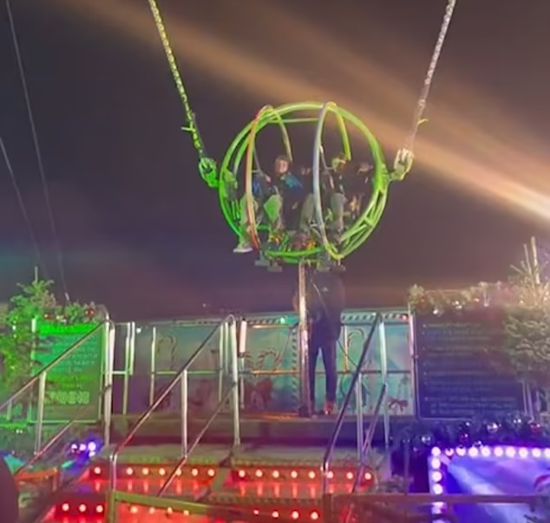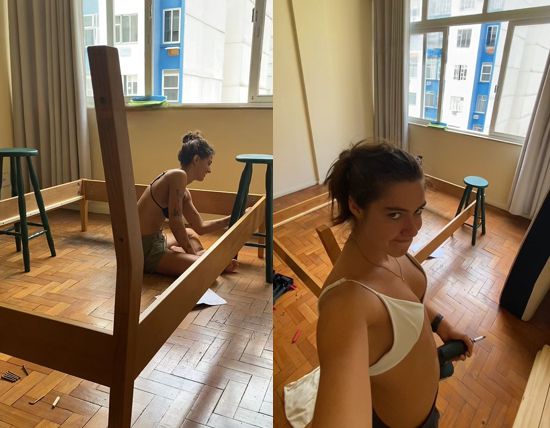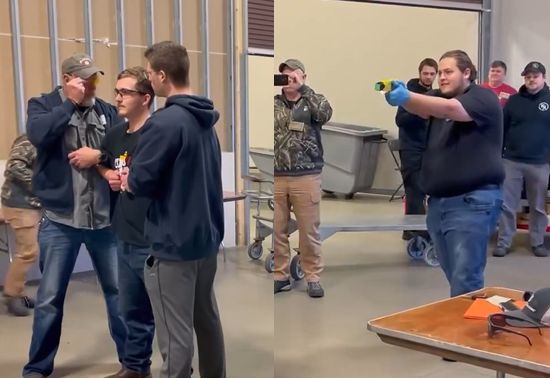Porn Discounts Sex Games Porn Games Juegos XXX Hentai Games PornStar Games 3D Porn Tantaly Sex Doll Cupsland Sextoy Live Cams DeepNude AI
Live Sex Free Live Sex Free Sex Games Páginas Porno Rose Toy Free OnlyFans Celebrity Fappening Celebrity Sex Videos TikTok Porn Best OnlyFans
Live Sex Free Live Sex Free Sex Games Páginas Porno Rose Toy Free OnlyFans Celebrity Fappening Celebrity Sex Videos TikTok Porn Best OnlyFans
Published on 2023/06/19
I SAW THAT GOING DIFFERENTLY IN MY MIND VOL69

Never stop trying, unless you end up in the hospital. In such a case, wait until you recover and get back to work again. Don't let anyone tell you that you can't get it done.
|
➡️ Let's do real, be real with Tantaly, the sex doll torso leader |
ExtraBall
Acrobatic twerk.
ExtraBall2
(Clicking on these links daily you support ALRNCN's work. They're collaborators or sponsors and, by visiting their sites, they like us even more)







I SAW THAT GOING DIFFERENTLY IN MY MIND VOL85
They say experience is the best teacher, but if there’s something even smarter than learning from our own mistakes, it’s learning from the mistakes of others. Life is full of lessons, and sometimes those lessons come in the form of falls, bad decisions, or simple errors that others have made before us.
Why suffer the consequences of a poor choice when we can observe, analyze, and learn from what others have already experienced? Watching someone trip allows us to avoid the same obstacle. Seeing someone make a bad decision teaches us to choose a better path. Each mistake made by others is a learning opportunity, and if we can avoid making them ourselves, all the better.
Remember that behind every fall, there’s a lesson, and if we learn from what others have gone through, we’re one step ahead. Take advantage of that wisdom!

# Watch videos
ExtraBall
The slow-motion of the day.
ExtraBall2
(Clicking on these links daily you support ALRNCN's work. They're collaborators or sponsors and, by visiting their sites, they like us even more)











IT’S A VERY TOUGH AND RESILIENT ROBOT
Robotics has advanced tremendously. We already have highly efficient machines designed for specific tasks: autonomous vehicles that glide effortlessly, robotic arms with surgical precision, and quadrupeds that can traverse any terrain without losing balance. Yet, one type of robot continues to dominate headlines and absorb an enormous amount of resources—bipedal humanoids.
Why the relentless push to make them walk like us? More than a technical necessity, there's a psychological factor at play. A human-shaped robot is perceived as more socially integrated, more trustworthy, and it aligns with the image that pop culture has been feeding us for decades. It doesn’t matter if they still stumble, struggle with stairs, or collapse from a simple push. What matters is that they remind us of ourselves.
The reality is that most of these robots don’t have a specific function. They are not designed to optimize any particular task but rather serve as experimental prototypes showcasing how far engineering can go in replicating human locomotion. But is this really the best path forward? While we pour time and money into making them walk like us, we could be developing far more functional machines without such a pointless limitation.
Maybe one day, we’ll move past our humanoid obsession and start designing robots that don’t need to look like us to be truly useful.
A journalist reports on the humanoid G1 robot from Unitree Robotics: "It’s a very tough and resilient robot. Let’s put it to the test."

# Watch video
ExtraBall by smm
The slow-motion shot of the day.
ExtraBall2
(Clicking on these links daily you support ALRNCN's work. They're collaborators or sponsors and, by visiting their sites, they like us even more)


























RECOMMENDED SITES
 Add your site
Add your site
- Motherless
- sweetlicious
- BoobieBlog
- Entensity
- Babes & Bitches
- Erotic Beauties
- drunkenstepfather
- Candid Teens
- celeb-stalker.com
 Add your site
Add your sitePorn Discount
💩 CrazyShit
🤪 eFukt
NudeChatGirls
👉🍑 Top XXX Pictures
Bingo Porno
Best Porn Blog Sites
Sex Games
Real Amateur Porn
MrPornGeek
CamBB.xxx
ChatSex.xxx
Comepollas
PornScn Free Porno
AI Girlfriend App
Hardcore Porn Videos

















THE SLINGSHOT RIDE SNAPS
Terrifying moment in London's Winter Wonderland slingshot when one of the bungee cords snaps and the cage crashes into one of the support beams, leaving the two passengers trapped inside and dangling until firefighters could arrive and help.

# Watch videos
ExtraBall
The heat of the fans.
ExtraBall2
(Clicking on these links daily you support ALRNCN's work. These are collaborations or sponsorships and, by visiting their sites, they like us even more)











FIRST TIME ASSEMBLING A BED TOGETHER
Sometimes, in an attempt to make things easier, a small detail can end up making everything more complicated. That’s exactly what happened to these two Brazilian women while putting together a bed.
They had everything under control—until they realized that their clever solution wasn’t such a great idea after all. In the end, they managed to finish the assembly, but not without first experiencing one of those moments that make you question what you were thinking.

# Watch video
ExtraBall
Making the most of the time while the boat turns around to tow you again.
ExtraBall2
(Clicking on these links daily you support ALRNCN's work. They're collaborators or sponsors and, by visiting their sites, they like us even more)












Contact
You can tell us whatever you want via email: [email protected]
If you prefer, you can use this contact form:
If you prefer, you can use this contact form:






I KNEW I COULDN'T TRUST YOU
There are people you can tell from the very beginning that you can trust. You don’t need to know them for long to feel the security they give off. Maybe it’s the way they talk, their attitude, or the sense of calm they create. These are the people you can relax around, knowing they won’t let you down. Sometimes trust doesn’t need grand gestures—it’s just something you feel from afar, as if their very being speaks for them.
And then, there are those you wouldn’t bet a penny on.

# Watch videos
ExtraBall by david
The slow-motion of the day.
ExtraBall2
(Clicking on these links daily you support ALRNCN's work. They're collaborators or sponsors and, by visiting their sites, they like us even more)











THE SIGN
The owner of a pub in Kiev has a sign in front of his establishment that acts like a magnet for all those who walk distractedly along the sidewalk. The security camera at the place keeps capturing funny moments, creating a collection of memorable situations.

# Watch video
ExtraBall
The slow motion of the day.
ExtraBall2
(Clicking on these links daily you support ALRNCN's work. They're collaborators or sponsors and, by visiting their sites, they like us even more)































